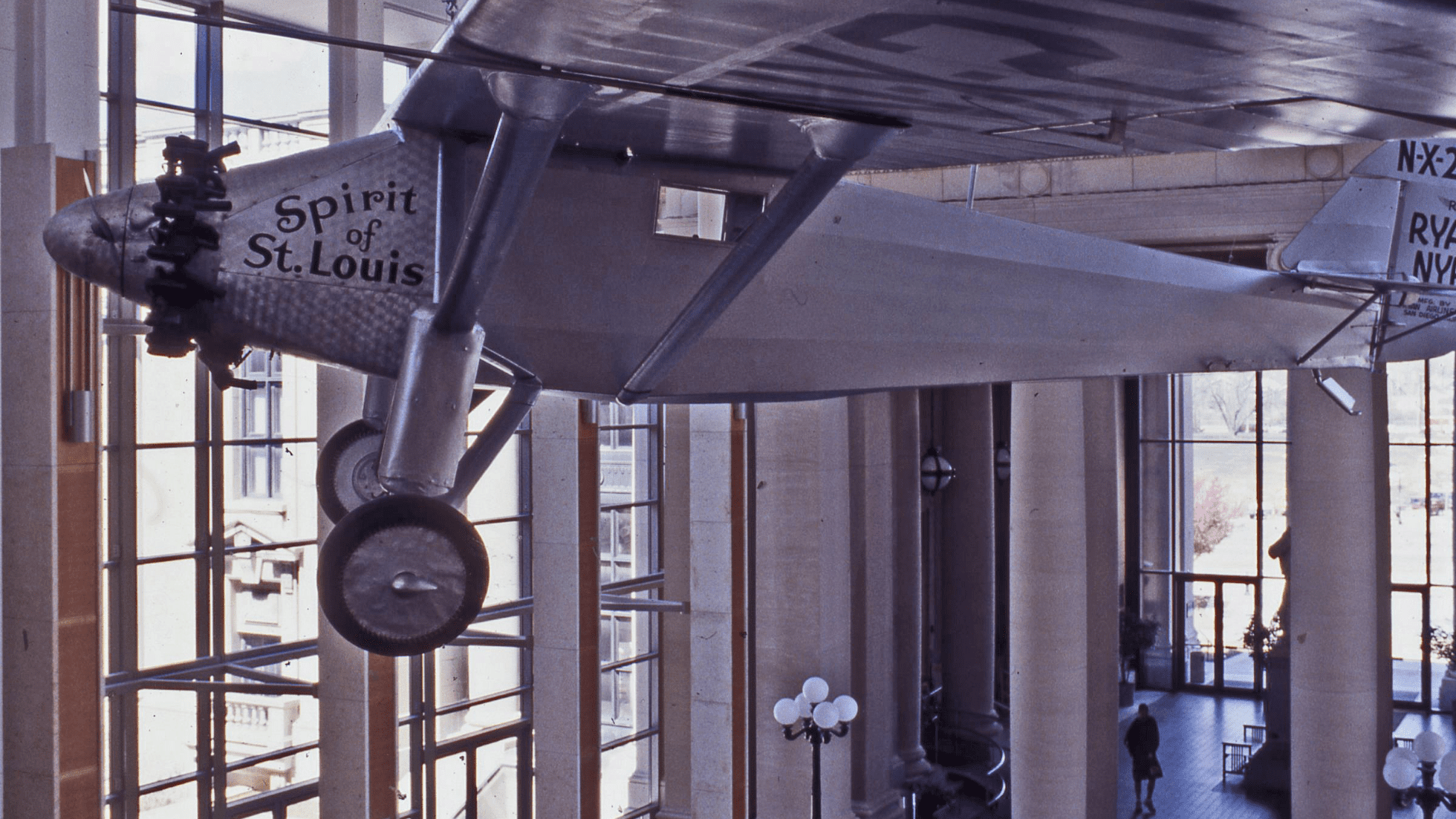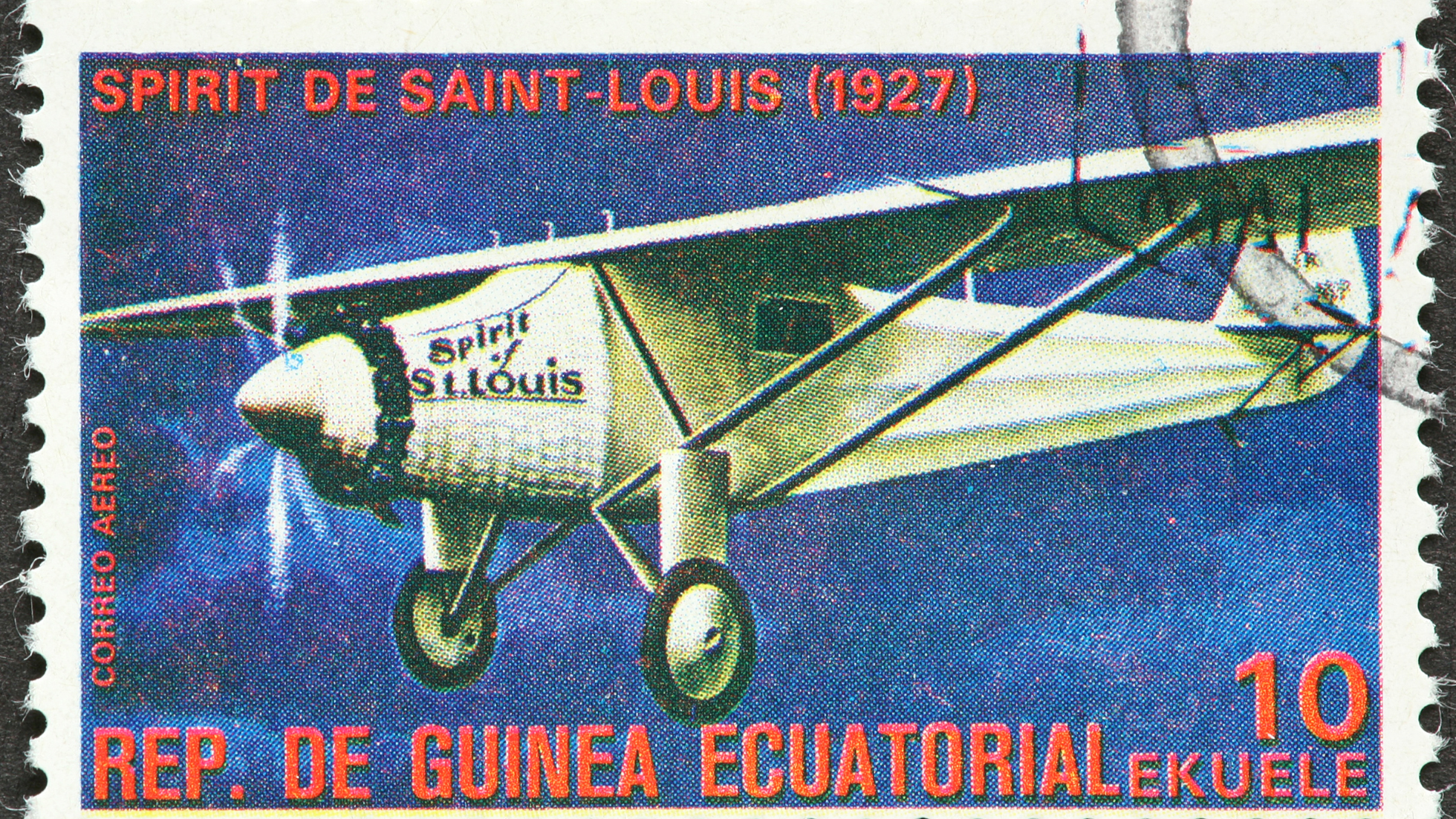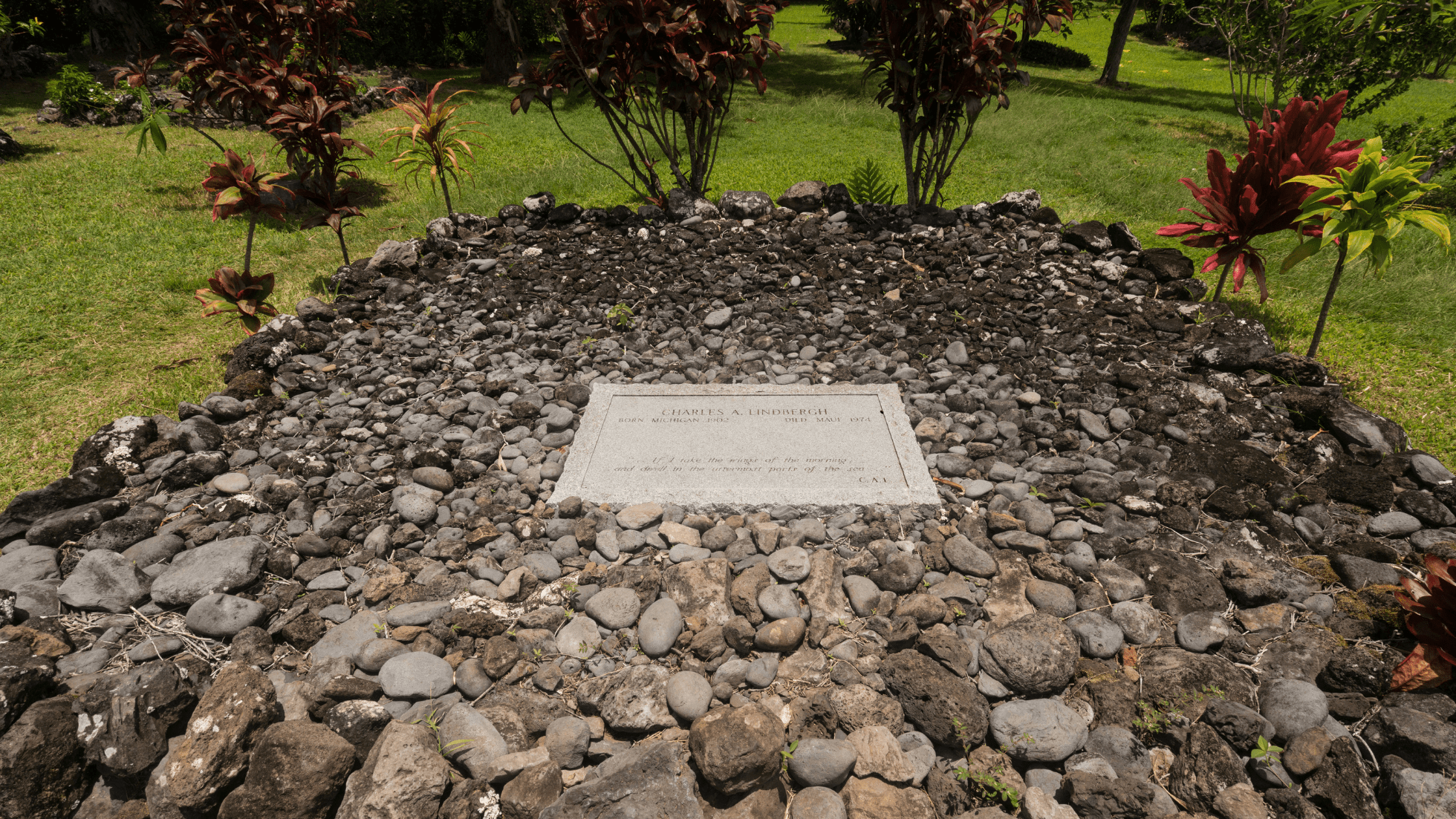“Charles Lindbergh Solo Flight” stands as a testament to the ambitious spirit of the 1920s, an era brimming with innovation. Aviation, once confined to the dreams of pioneers, was swiftly morphing into reality. Globally, newspapers resonated with stories of audacious aviators striving to break barriers. As days rolled on, advancements in aircraft technology converted once-distant dreams into palpable goals.
Amid this atmosphere of relentless progress, the allure of transcontinental flights intensified.
It wasn’t just about connecting places; it was about uniting worlds. Yet, for all the enthusiasm, a shadow of risks and challenges hung heavily.
Many attempts ended in tragedy, causing many to question: Was the dream too audacious?
The Audacious Dream
Enter Charles Lindbergh. Born in Detroit and molded in the vast skies, this young American pilot was not just another enthusiast. Lindbergh was a man on a mission.
From his early days, he demonstrated an unmatched passion for flight, earning his wings and embracing the skies. But Lindbergh wasn’t satisfied with mere flying; he wanted to make history.
He believed in aviation’s promise, not merely as a mode of transport but as a symbol of human potential. Lindbergh’s dream was clear: to cross the vast Atlantic, alone, in a demonstration of prowess, courage, and the future of air travel.
The Allure of the Orteig Prize
Raymond Orteig’s $25,000 prize for a non-stop flight from New York to Paris dangled like a golden carrot. It had ignited many ambitions. Tragically, numerous aviators had met with misfortunes. Their failed attempts underscored the challenge’s enormity.
Designing the "Spirit of St. Louis"
Undoubtedly, a pivotal factor in Lindbergh’s success was the aircraft he piloted. Named the “Spirit of St. Louis,” this wasn’t just any ordinary monoplane. Specifically designed for the audacious journey, it was the result of combined expertise and foresight. Every element of its design was carefully considered, particularly with an emphasis on maximizing fuel efficiency.
Additionally, enhancements were made to ensure unparalleled flight stability over extended distances.
This wasn’t merely about constructing an aircraft but crafting a masterpiece tailored for a historic mission. Consequently, the plane’s design and build became a testament to meticulous preparation and engineering prowess. In comparison to earlier challengers, Lindbergh and his team took no chances. They painstakingly deliberated over every detail, making the “Spirit of St. Louis” not just a machine, but a symbol of determination and precision.
Ultimately, this thorough preparation significantly set Lindbergh apart from those who dared the feat before him.
Facing the Atlantic's Wrath
From the outset, Lindbergh’s journey was far from a serene glide above tranquil waters. For a grueling 33.5 hours, the Atlantic presented its full arsenal of challenges.
Initially, it was the biting cold that sought to deter him, biting through the cockpit and testing his endurance. Next came the dense, disorienting fog, wrapping around the “Spirit of St. Louis,” and challenging Lindbergh’s navigation skills.
Additionally, as hours stretched on, another adversary surfaced: sheer exhaustion. The physical toll of piloting combined with mental fatigue from constant vigilance.
Moreover, the threat of sleep deprivation loomed large, knowing that even a momentary lapse in concentration could be catastrophic. Throughout this ordeal, every element seemed to conspire against his ambitious quest. Yet, with unwavering determination and skill, Lindbergh persevered, proving that resilience could indeed overcome the harshest of challenges.
Paris Welcomes a Hero
As Lindbergh’s plane, the “Spirit of St. Louis,” began its descent at Le Bourget Field, the atmosphere was palpably electric. Firstly, anticipation had electrified the Parisian air. Thousands had gathered, and, from every corner, their eyes were fixed on the horizon, eagerly waiting to witness history. News of his impending arrival had not only spread like wildfire but also turned the airport into a sprawling amphitheater. When the wheels finally touched the tarmac, a thunderous applause erupted.
The scene that followed was nothing short of frenetic. On one hand, people jostled to get a closer look at the man who dared to defy the Atlantic. On the other hand, flashbulbs popped continuously, and reporters scrambled, their pens ready and waiting. Moreover, the global media was in a complete frenzy. Newspapers, radio broadcasts, and newsreels all turned their focus on Lindbergh, making him an overnight sensation.
However, amidst the chaos, Lindbergh’s demeanor remained calm, perhaps even humble. For him, this wasn’t just about the attention; it was the culmination of a personal quest. Yet, to the world around him, he symbolized much more. He stood as a beacon of audacity, perseverance, and the indomitable human spirit. In that moment, Lindbergh wasn’t merely an aviator; he was an icon, representing the limitless possibilities before humanity.
Impact on Commercial Aviation
This historic flight was undeniably a game-changer. Beyond the obvious personal accolades, it effectively showcased the feasibility of long-haul flights. Consequently, the inherent message was crystal clear: If a solo pilot could cross the Atlantic, then commercial flights with passengers certainly could too. As a result, this achievement massively bolstered public confidence.
Following this groundbreaking event, investments in the aviation sector noticeably surged. Air travel, once viewed primarily as a risky venture, soon transitioned into a burgeoning industry. Consequently, entrepreneurs and investors quickly recognized the untapped potential for international airline services. Thus, a whirlwind of airline establishments emerged, and subsequently, innovations in aircraft design and technology rapidly accelerated.
Moreover, airports began to undergo significant transformations. Initially simple landing strips, they gradually transitioned into more comprehensive and structured facilities. Primarily, the pressing need to accommodate increasing passengers and facilitate smoother international travel catalyzed these infrastructural expansions.
A Legacy That Resonates
Lindbergh’s flight is not merely a historical event. It’s a watershed moment in aviation. It changed perceptions, proving to the world the real possibilities of air travel.
The flight’s ripple effect reached beyond aviation. It symbolized triumph against odds, inspiring countless individuals across varied fields.
In essence, Lindbergh’s solo flight across the Atlantic was a catalyst. It accelerated the pace of advancements in commercial aviation. Even today, every plane that graces the skies silently tips its wing to that pioneering spirit of 1927.



